|
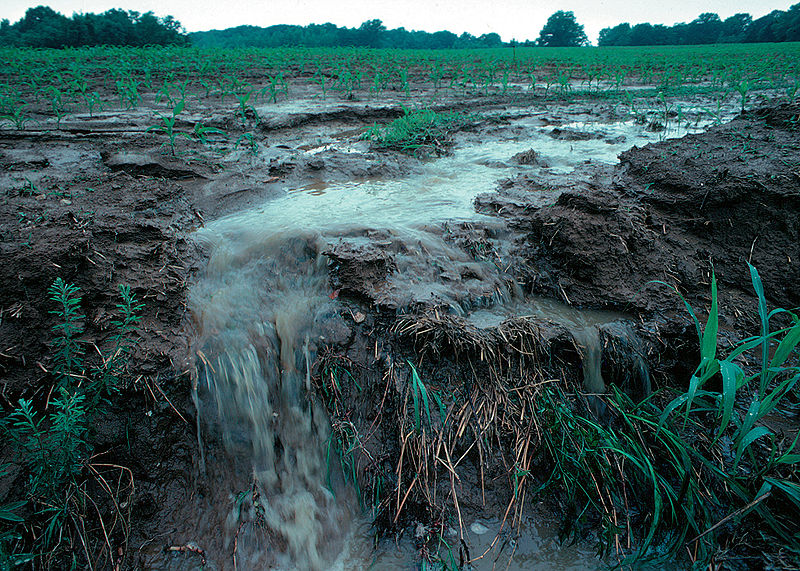
Legislators attempt to block Groundwater Protection, but Dayton administration vows to move forward
This week, leaders in the Minnesota House and Senate formally filed their resolutions to delay Minnesota’s draft Groundwater Protection Rule after having voted to do so near the end of the 2018 Legislative Session. This unprecedented measure, if upheld by Minnesota’s court system, could put the completion of the rulemaking process on hold, delaying much-needed action to protect Minnesota’s drinking water. However, the Dayton Administration has signaled its resolve to continue moving forward, and an actual delay is anything but certain.
The proposed rule
The draft rule proposed by the Minnesota Department of Agriculture (MDA) would finally begin to implement the regulatory authority of the 1989 Groundwater Protection Act to safeguard Minnesota’s groundwater from nitrate pollution. Nitrates in our water are increasingly common and are creating an expensive health problem for Minnesota communities and well owners, many of whom spent thousands of dollars to dig new wells to avoid contaminated water. Nitrates can cause blue baby syndrome in infants and are linked to certain cancers. They originate from various sources, but the largest is fertilizer runoff from row-crop agriculture.
The MDA rule proposes a modest but important framework to reduce nitrate runoff from cropland in vulnerable areas. First, it restricts fall and winter fertilizer application on vulnerable soils that make up only 12.6% of Minnesota’s farmland. Second, it promotes voluntary best management practices to reduce nitrate levels in at-risk community wellhead protection areas, accounting for 0.45% of Minnesota’s farmland. These educational efforts can then convert to requirements if water pollution levels do not decline.
The Legislative delay (or lack thereof)
This rule has been developed with input from farmers, scientists, stakeholders, and communities across the state, and continues to be adjusted based on public comments. The Legislature’s attempt to use an obscure law to block the rule’s implementation seems designed to ultimately block the rule and thereby the reasonable water protections it would afford to thousands of Minnesotans.
Fortunately, at a press conference at the end of the session, Governor Dayton announced that he directed the state’s Commissioner of Agriculture to proceed with the rulemaking. “We don’t believe that that action is even constitutional – it’s certainly ill-advised,” Dayton said. He added, “We’re not making this stuff up. It’s about protecting the safety of Minnesotans when they turn on their faucet.”
How to speak up on the Groundwater Protection Rule
The MDA is moving forward with continued community dialogue on the rule throughout June and July, with a public comment period to close on July 26. We encourage all Minnesotans with a stake in this issue to attend one of the informational meetings or July public hearings or comment online on the rule to help ensure that it protects the public interest. Minnesota is long overdue for action to protect our precious groundwater and drinking water supplies. This rule is an opportunity to work together to ensure that all Minnesotans can feel secure when they turn on the tap.

|
 |
Office space available in MEP’s building!
Is your organization in the market for a convenient, comfortable office space in St. Paul? The office suite above MEP’s office at 546 Rice Street is available for lease! The approximately 2200 square ft. space is ideal for a small to midsize nonprofit organization, featuring a kitchen and break area and offstreet parking.
Located in the Capitol-Rice Street neighborhood, it is also within three blocks of the Capitol complex and across the street from the Women’s Building. It is also positioned along bus routes 3, 62, and 67, and a two-minute walk from the Green Line. And perhaps best of all, the new tenant would have good neighbors in MEP’s staff!
The landlord may be open to letting portions or the entirety of the office space to individual organizations. Contact us for details!
Please contact Matt Doll at matthew@mepartnership.org if interested.
|
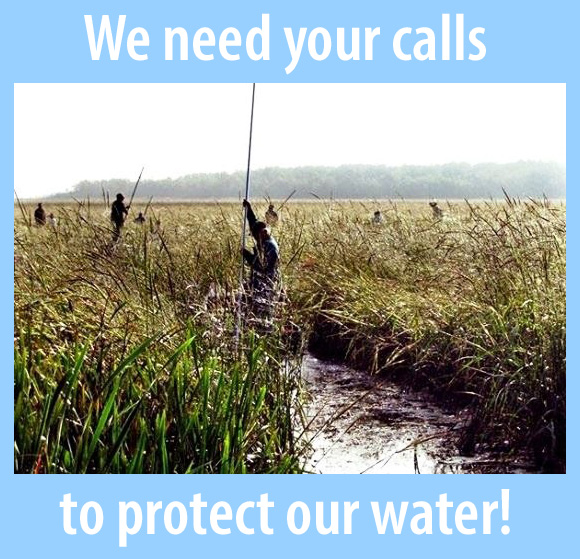 |
Amendment to major bill would force PolyMet land exchange
Yesterday, Minnesota’s U.S. Senators submitted an amendment to the must-pass National Defense Authozation Act that would compel the U.S. Forest Service to conduct the PolyMet land swap and end all related litigation, undermining due process and environmental laws and paving the way for this dangerous project. MEP and more than 70 Minnesota and national groups released a letter detailing why a bill forcing this exchange was harmful and irresponsible.
We urge Minnesotans to call Senators Amy Klobuchar and Tina Smith at 202-224-3121 and ask them to reverse this action and allow the process to continue working in order to protect Minnesota communities and the Great Lakes watershed.
|

|
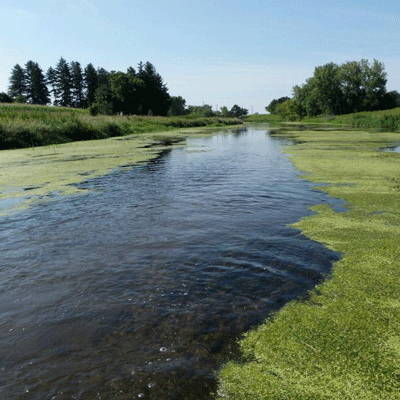
photo credit: MPCA |
Conservation group calls for action on water quality; Exact solutions are still murky
(From Austin Daily Herald) — After an environmental group asked for action on cleaner water in Mower County, the complexity of the issue still stands on the forefront. A large presence was made by members of the Izaak Walton League, a local conservation group, who called upon Mower County commissioners to take steps in improving water quality in several creeks and rivers on Tuesday afternoon. Specifically citing 500 water samples that were collected and monitored from the Cedar River Watershed District. It was referenced by members speaking at the meeting that the exact number of E.coli bacteria existing in the water was “not safe” for skin contact. >>Read More.
|
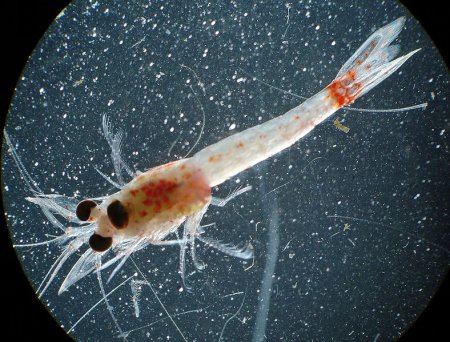 |
Our view: Cooperation critical to curb critters
(From Duluth News Tribune) — It just makes sense, when it comes to curbing the introduction and spread of invasives, to keep a close watch on the oceangoing vessels sailing across our Great Lakes. They’re from foreign waters, after all, and foreign waters are where zebra mussels, round gobies, and other harmful critters originated before coming to the U.S. and irreparably harming, to the tune of billions, ports including Duluth-Superior. It turns out we need to be keeping a close eye, too, on lakers, even though those big boats sail only within the Great Lakes and never venture into foreign waters. Nonetheless, they’re spreading the harmful creatures, too — once they’re in the Great Lakes, as the Great Waters Research Collaborative reported late last week. >>Read More.
|

|
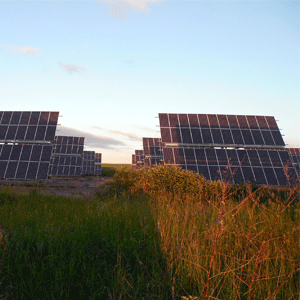 |
‘Let’s try to do it right’: Lawmakers talk energy at forum
(From Mankato Free Press) — Minnesota’s energy future needs a balance of energy sources, but lawmakers don’t yet agree what that balance looks like. That’s the message local lawmakers gave to residents Friday morning at an energy forum put on by the Southcentral Minnesota Clean Energy Council. While Minnesota is pushing toward more renewable energy via wind and solar power, GOP lawmakers note the state still needs constant energy sources to keep costs down for residents. That means continuing to use natural gas and nuclear power, though the later will require heavy investment to keep the state’s nuclear plants running through 2035. >>Read More.
|
 |
Pipeline protest: Why public should hear our “necessity defense”
(From Star Tribune) — Last month, the Clearwater County attorney filed an appeal to the Minnesota Supreme Court, making a second attempt to limit expert testimony in my trial on felony charges. I’m one of four defendants in the Minnesota “valve-turner” trial — after extensive research, my friend Annette and I drove to a shut-off valve site for Enbridge pipelines 4 and 67 in Leonard, Minn., on Oct. 11, 2016. We cut the chains into the site, and our friend Ben called the company to give them our exact location, tell them that we were climate activists there in a peaceful protest against tar sands oil (the most carbon-intensive of all oils) and say that if they didn’t shut the valves remotely, we would do so. >>Read More.
|
Help sustain MEP’s work. Donate today!
Do you appreciate our coverage of environmental and conservation issues? You can help sustain MEP’s work with a donation. Your support will help MEP continue educating decision-makers and Minnesotans throughout the state about important issues that impact clean water, clean air, and land conservation. Contributions also provide the financial backing we need to help organize the advocacy efforts of our 70 member organizations and take action through public organizing, media campaigns, lobbying, and research.
|
Weekly Environmental Trivia – Answers Below Job Postings!
|
 |
1. What large cat species found in Minnesota is the major predator of the snowshoe hare?
2. Garden Island State Recreation Area, Minnesota’s northernmost state parks unit, is located in what lake?
3. Minnesota’s lowest point lies at which body of water?
|
|
|